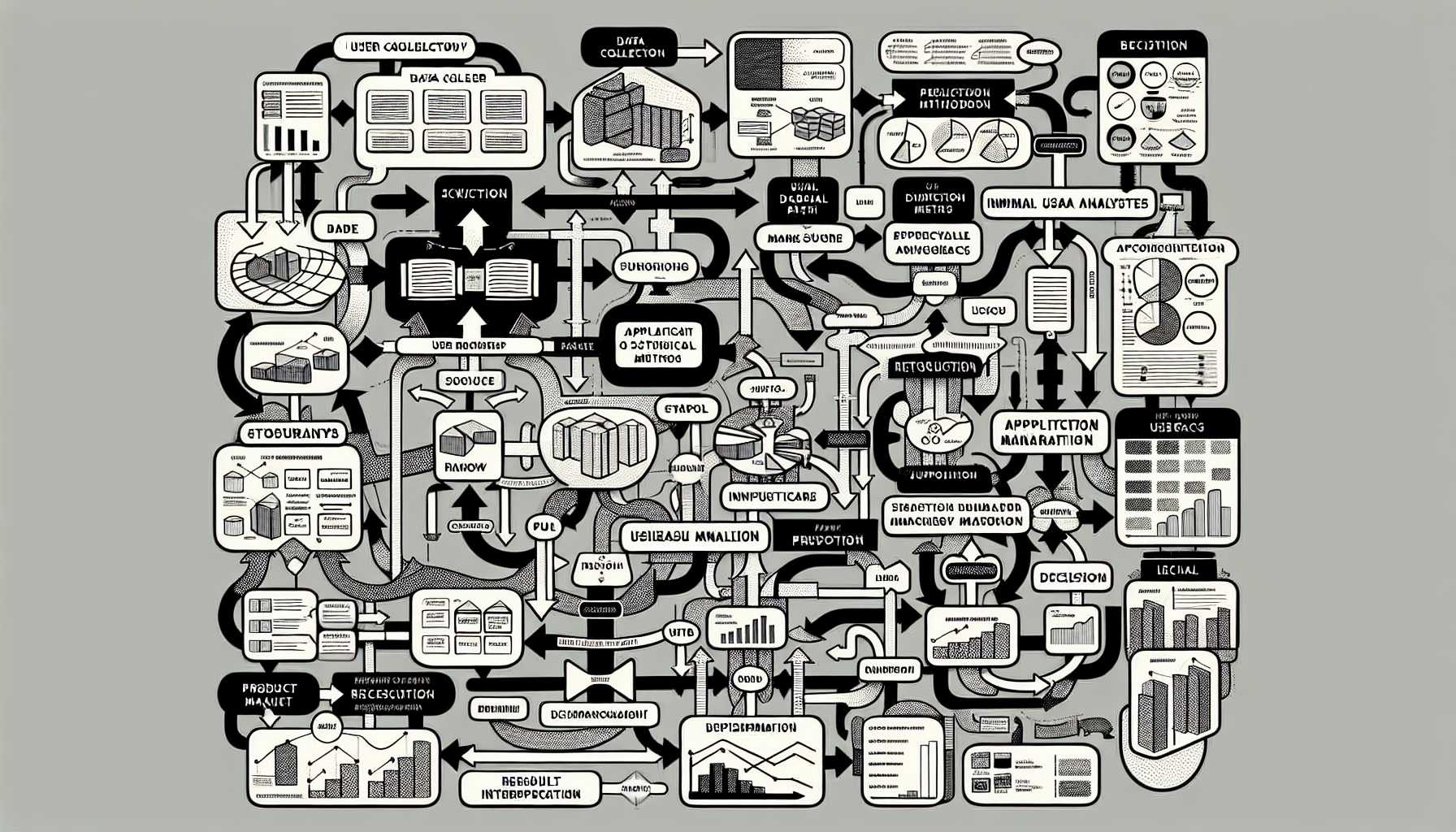 The technology landscape is like the open sea – vast, unpredictable, and ever-changing. As seasoned product managers, we are the captains of our ships, navigating through shifting user expectations and technological advancements. Today, I will unravel the strategies that have helped me ensure my products not only weather the storm but also ride the wave of change.
The technology landscape is like the open sea – vast, unpredictable, and ever-changing. As seasoned product managers, we are the captains of our ships, navigating through shifting user expectations and technological advancements. Today, I will unravel the strategies that have helped me ensure my products not only weather the storm but also ride the wave of change.
Understanding the Fluidity of User Expectations
Firstly, understanding the fluidity of user expectations is paramount. In my experience, a rigid product roadmap often leads to obsolescence. I believe in maintaining a dynamic product vision that evolves with the customer. To achieve this, I intertwine the voice of the customer (VoC) into the fabric of product development. Tools like user interviews, NPS scores, and customer journey mapping are instrumental in keeping my ear to the ground.
Embracing Agile and Lean Methodologies
My journey in product management has taught me that fortitude lies in flexibility. I have found great success in embracing Agile and Lean methodologies. Incremental delivery, coupled with iterative feedback, ensures your product remains relevant and adaptable. Sprint retrospectives, for instance, have been invaluable in pivoting strategies effectively.
Investing in a Modular Architecture
A pivotal lesson was the need to invest in modular product architecture. Assembling product components like building blocks offers the freedom to adapt single components without overhauling the entire system. This approach saved one of my flagship products during a major tech paradigm shift. By being able to swiftly replace a legacy module with a newer, more efficient component, we maintained our market relevance without interrupting service.
Leveraging Data to Predict Trends
Equally important has been leveraging data to predict trends. Predictive analytics has become my North Star, guiding decisions not based on what’s happening but what’s likely to happen. This foresight has been critical in preempting user needs and technological requirements, ensuring our products evolve ahead of demand.
Building a Cross-Functional Squad
I cannot emphasize enough the value of a cross-functional team. Diverse perspectives foster creativity and adaptability. A project I led benefitted immensely from collaborative ideation sessions that combined insights from engineering, UX, business, and customer support, directly impacting our product’s adaptability in a hyper-competitive market.
Nurturing an Experimental Culture
Moreover, nurturing an experimental product culture has paved the way for adaptability. Empowering teams to test hypotheses quickly and learn from failures without stigma has accelerated our ability to adapt. For instance, implementing an A/B testing framework enabled my team to iterate rapidly, fine-tuning features in real-time as per user feedback.
Continuous Learning and Skill Development
Adaptability isn’t just about processes and products; it also pertains to people. I advocate for continuous learning and skill development. In my tenure, I have spearheaded training programs to ensure my teams are adept with the latest technologies, methodologies, and UX principles. This investment in human capital has a multiplicatory effect on our product’s ability to adapt.
Staying Ahead with Strategic Foresight
Lastly, strategic foresight has been crucial. I keep a close watch on emerging technologies and innovations in academic and research institutions. Partnerships for co-innovation have allowed my products to be on the frontline of leveraging tech advancements, such as AI, blockchain, and IoT, before they become mainstream.
The amalgamation of these strategies has become my adaptability doctrine. Anchoring on customer feedback, embracing Agile constructs, and fostering a culture of continuous improvement are the cornerstones that have held my products steadfast. As the saying goes, ‘the only constant in life is change’, and in the realm of product management, that translates to continuous adaptation. It’s not just about surviving the storm but learning to perform the agile dance – one step ahead, in sync with the rhythm of change.
In closing, remember this: the art of adaptability is a symphony played by an orchestra of user insights, cutting-edge technology, and nimble processes. Conduct it well, and your product will not just play along – it will lead the music in the tech concerto.
